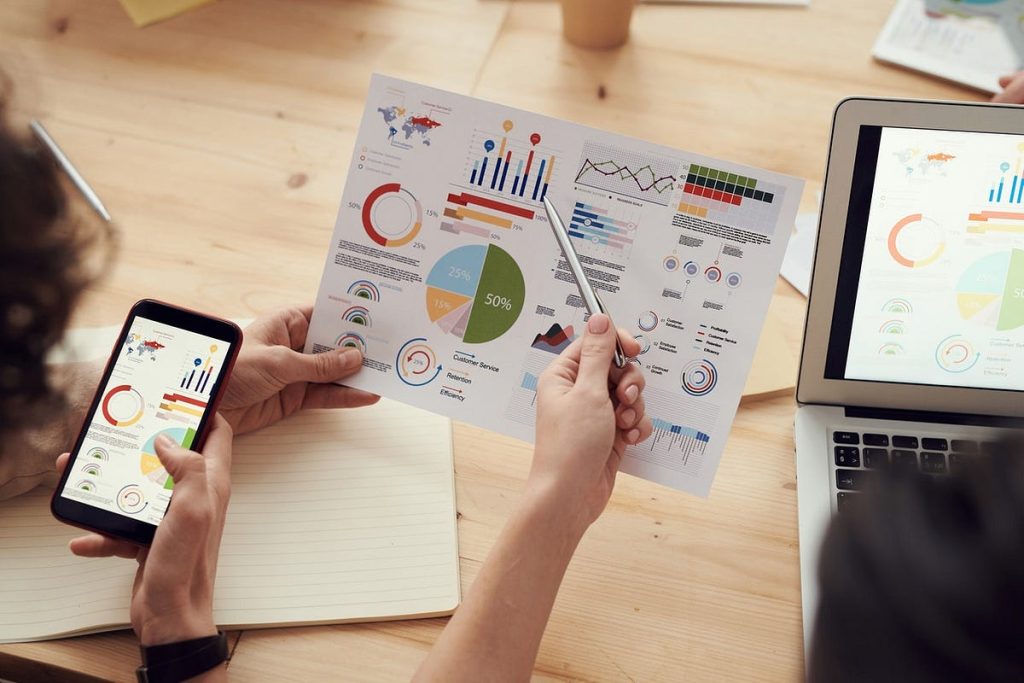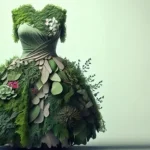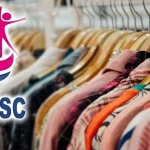
One of the most fascinating aspects of the fashion industry is the journey of a trend from the high-fashion runways to the retail stores where consumers can embrace the latest styles. This process, known as trend forecasting and application, involves a blend of art, science, and strategic planning. Understanding how fashion trends are forecasted and applied provides valuable insights into the dynamics of the fashion industry and the intricate mechanisms that drive consumer behaviour.
The Science and Art of Trend Forecasting
Trend forecasting is a critical aspect of the fashion industry, encompassing both scientific analysis and artistic intuition. At its core, trend forecasting involves predicting the styles, colors, fabrics, and silhouettes that will be popular in future seasons. This prediction process is not based on guesswork but on a meticulous analysis of various data sources, including historical fashion trends, cultural shifts, and social behaviors.
Fashion trend forecasters rely on a combination of quantitative and qualitative research methods. Quantitative methods include data analytics, where large volumes of data are analyzed to identify patterns and correlations. This data can come from various sources, such as sales figures, social media trends, and online searches. Qualitative methods, on the other hand, involve a more subjective analysis, such as observing street style, attending fashion shows, and studying art, music, and lifestyle changes.
In addition to these methods, trend forecasters also consider macro trends—long-term shifts that impact various industries and aspects of life. Examples of macro trends include sustainability, technological advancements, and changes in consumer values. By understanding these overarching trends, forecasters can predict how they will influence fashion in the coming seasons. For instance, the growing emphasis on sustainability has led to an increased demand for eco-friendly materials and ethical production practices in fashion.
Translating Trends from Runway to Retail
Once a trend is identified, the next step is to translate it from the runway to retail. This process involves adapting high-fashion concepts to make them accessible and appealing to a broader consumer base. The runway showcases the most avant-garde and innovative designs, often serving as a creative inspiration for the industry. However, these designs must be modified to suit everyday consumers’ tastes, preferences, and practical needs.
Designers and brands play a crucial role in this translation process. They take inspiration from the runway and reinterpret it to align with their brand identity and target market. This may involve simplifying complex designs, altering color palettes, or using different materials to create more wearable and affordable versions of high-fashion looks. For example, a dramatic couture gown on the runway may inspire a more practical and versatile dress suitable for various occasions.
The timeline for translating trends from runway to retail can vary, but it typically spans several months. Fashion shows for upcoming seasons are held well in advance, giving designers and retailers ample time to develop their collections and plan their marketing strategies. This lead time also allows for the production and distribution processes to ensure that the latest trends are available to consumers at the right time.
The Role of Technology in Trend Application
Technology has revolutionized the way fashion trends are applied from runway to retail. Digital tools and platforms have streamlined various aspects of the fashion supply chain, making it easier for brands to respond quickly to emerging trends. One of the most significant technological advancements in this area is the use of data analytics and artificial intelligence (AI) to predict consumer behavior and optimize inventory management.
Data analytics allows brands to track real-time consumer preferences and purchase patterns, enabling them to make informed decisions about which trends to adopt and how to market them. AI algorithms can analyze vast amounts of data to identify emerging trends and predict their potential success. This predictive capability helps brands minimize risks and invest in the most promising trends, ensuring that their collections resonate with consumers.

Social media also plays a pivotal role in trend application. Platforms like Instagram, TikTok, and Pinterest have become essential tools for identifying and amplifying fashion trends. Influencers and fashion enthusiasts share their interpretations of runway looks, creating a ripple effect that extends to mainstream consumers. Brands can leverage these platforms to gauge consumer interest, gather feedback, and adjust their strategies accordingly.
Moreover, advancements in manufacturing technology, such as 3D printing and on-demand production, have enabled brands to bring new trends to market more quickly and efficiently. These technologies reduce lead times and production costs, allowing brands to respond swiftly to changes in consumer demand. For instance, a brand can use 3D printing to create prototypes and small batches of products, test them in the market, and scale up production based on consumer response.
The journey of fashion trends from runway to retail is a complex and dynamic process that involves a blend of creativity, strategic planning, and technological innovation. Trend forecasting relies on a combination of data analysis, cultural observation, and intuition to predict future styles. The translation of these trends into retail involves adapting high-fashion concepts to suit consumer preferences and practical needs. Technology plays a crucial role in streamlining this process, enabling brands to respond quickly to emerging trends and optimize their strategies.
Successful trend applications, as demonstrated by brands like Zara, Gucci, and Stella McCartney, showcase the importance of agility, innovation, and consumer engagement in the ever-evolving fashion industry. As the fashion landscape continues to evolve, the ability to forecast and apply trends effectively will remain a key driver of success for brands seeking to stay ahead of the curve.




Leave a Reply